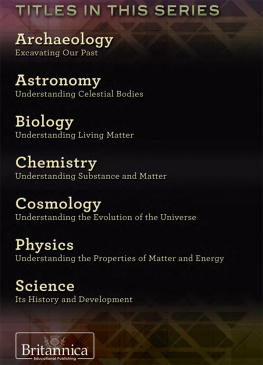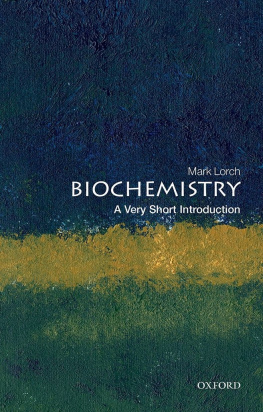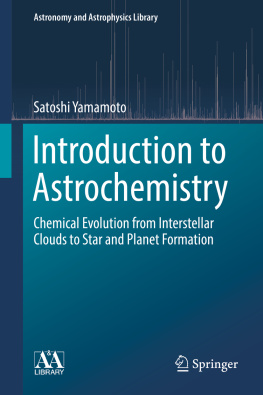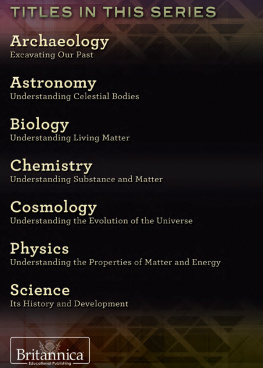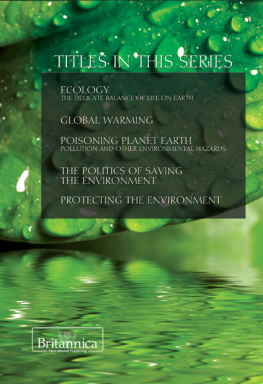THE CHEMICAL REACTIONS OF LIFE
From Metabolism to Photosynthesis
Biochemistry, Cells, and Life
THE CHEMICAL
REACTIONS OF LIFE
From Metabolism to Photosynthesis
EDITED BY KARA ROGERS, SENIOR EDITOR, BIOMEDICAL SCIENCES

Published in 2011 by Britannica Educational Publishing (a trademark of Encyclopdia Britannica, Inc.) in association with Rosen Educational Services, LLC 29 East 21st Street, New York, NY 10010.
Copyright 2011 Encyclopdia Britannica, Inc. Britannica, Encyclopdia Britannica, and the Thistle logo are registered trademarks of Encyclopdia Britannica, Inc. All rights reserved.
Rosen Educational Services materials copyright 2011 Rosen Educational Services, LLC. All rights reserved.
Distributed exclusively by Rosen Educational Services.
For a listing of additional Britannica Educational Publishing titles, call toll free (800) 237-9932.
First Edition
Britannica Educational Publishing
Michael I. Levy: Executive Editor
J.E. Luebering: Senior Manager
Marilyn L. Barton: Senior Coordinator, Production Control
Steven Bosco: Director, Editorial Technologies
Lisa S. Braucher: Senior Producer and Data Editor
Yvette Charboneau: Senior Copy Editor
Kathy Nakamura: Manager, Media Acquisition
Kara Rogers: Senior Editor, Biomedical Sciences
Rosen Educational Services
Alexandra Hanson-Harding: Editor
Nelson S: Art Director
Cindy Reiman: Photography Manager
Nicole Russo: Designer
Matthew Cauli: Cover Design
Introduction by Jennifer Capuzzo
Library of Congress Cataloging-in-Publication Data
The chemical reactions of life : from metabolism to photosynthesis / edited by Kara Rogers.1st ed.
p. cm.(Biochemistry, cells, and life)
In association with Britannica Educational Publishing, Rosen Educational Services.
Includes bibliographical references and index.
ISBN 978-1-61530-387-8 (eBook)
1. BiochemistryPopular works. I. Rogers, Kara. II. Series: Biochemistry, cells, and life.
[DNLM: 1. Metabolismphysiology. 2. Biochemical Processesphysiology. 3. Cell Physiological Phenomena. 4. Histocytochemistry. QU 120]
QP514.2.C485 2011
6l2.015dc22
2010026317
Cover Gavin Kingcome Photography/Photographers Choice/Getty Images
On : Sea nettles swim in the Aquarium of the Pacific in Long Beach, California. Like many jellyfish, sea nettles are bioluminescent (they emit their own light). Gabriel Bouys/AFP/Getty Images
On : Cattle eat grass on a ranch in Seosan, Republic of Korea. Kim Jae-Hwan/AFP/Getty Images
CONTENTS



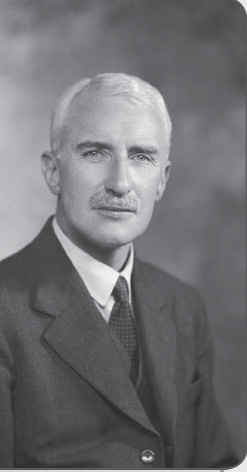
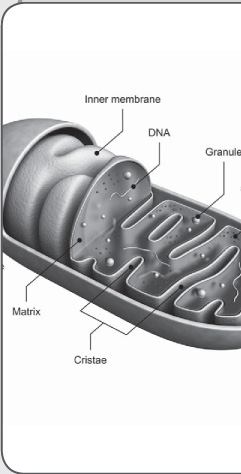
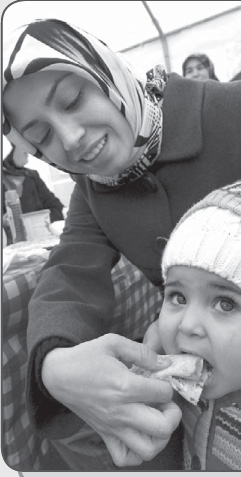

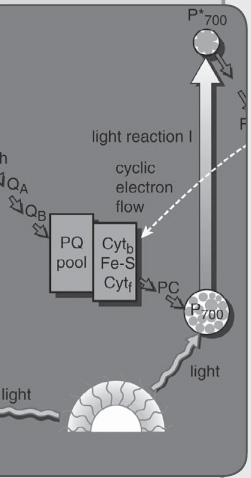

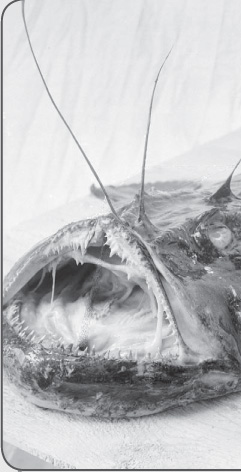

Introduction

The significance of chemical reactions and their role in modern science was made evident in 2010 when biologists synthesized a functional DNA sequence from scratch. The sequence was the genome of a bacterium called Mycoplasma mycoides. The researchers transplanted the synthetic sequence into the cell of a different bacterium and demonstrated that the synthetic DNA was functional when new colonies of M. mycoides began to grow.
Although the scientists who created the synthetic cell pushed the boundary of biochemistry to make something new, they built this accomplishment on the discoveries of earlier biochemists, starting with the work of Robert Boyle in the 1650s. Boyle felt that the goal of chemistry was to determine what chemical components made up various substances. Later scientists focused not only on the composition of substances but also on the mechanisms and products of different chemical reactions.
Biochemists concern themselves with the chemical reactions of life, and their research has transformed esoteric topics such as cellular metabolism into more familiar topics such as stem cell research and dietary recommendations. Biochemistrys far reaches extend to advancements in the fields of medicine, nutrition, agriculture, and disease. Even though scientists have greatly added to the body of work generated by the first biochemists, many unsolved mysteries remain. This volume will explore the mysterious and complex world of the chemical reactions that make life possible.
A chemical reaction is a process in which the atoms of chemical elements or chemical compounds are rearranged to form different substances as products. To express what happens when new substances are created, or synthesized, from other elements or compounds, scientists use chemical equations. Many chemical equations can be found in this book. In a chemical equation depicting the reaction of two or more substances, the same number of atoms of each kind must appear on both sides of the equation. The reactions of different elements remain the same whether they happen within a living being or not. But living organisms are unique. They can use energy found in their environments to move, grow, and reproduce. The chemical process that allows living things to extract energy from foods and other sources, and that allows the organisms to use this energy to create new cells, is called metabolism. Chemical reactions are considered endothermic if heat energy is absorbed and exothermic if heat is released.
There are four ways to classify a chemical reaction: by product type, by reactant type, by reaction outcome, and by reaction mechanism. A reaction can be placed in more than one category. One example of a reaction by product type is a gas-forming reaction, such as the combination of calcium and hydrochloric acid to produce carbon dioxide. Classification by reactant type is used to distinguish between reactions based on the types of chemical substances involved in a reaction. For example, oxidation-reduction reactions make use of reactants that are capable of donating or receiving electrons. In contrast, acid-base reactions involve reactants that are capable of donating or receiving protons. Many different kinds of reactions are categorized by reaction outcome. Examples include decomposition reactions, in which molecules break up into simpler parts; substitution reactions, in which atoms in a molecule are replaced by other atoms; and elimination and addition reactions, in which one molecule is subtracted from or added to another. The classification of reactions by reaction mechanism is based on the different ways in which atoms can be rearranged during the formation of molecules. For example, chain reactions occur in sequential steps, and each step results in the production of a chemically active component known as a reagent. Photolysis reactions, which are also distinguished based on reaction mechanism, are facilitated by the absorption of electromagnetic radiation. One example of a photolysis reaction is the decomposition of ozone into oxygen in the atmosphere.
Next page







